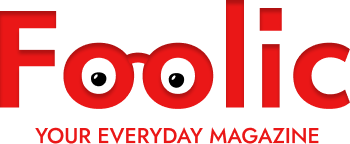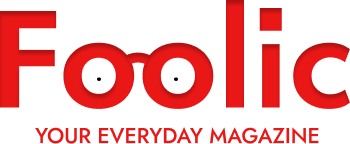Portrait drawing
If you are interested in portrait drawing, you would certainly like your designs to come closest to your model. It is pretty normal to succeed in reaching such a level of realism that one says to oneself, “it looks like a photograph” is the goal of many apprentice draftsmen.
It is a legitimate goal because drawing like a photo shows that one has reached a level of mastery. At the end of the reading of this article, you will know the 2 main principles to arrive at a realistic drawing, as well as the 3 phases that you will have to go through and 8 tips of my own to sublimate the details in your portrait.
All these techniques will be developed in the private course “From the eye to the portrait” with demonstrations on easels and diagrams to assimilate everything more easily. You can also learn beautiful school drawings from our websites.
Portrait drawing details
The impression of realism is that the gaze can go from the most general to the particular. The gaze must be lost in the details. If we look at the drawing with a magnifying glass, we come across rich textures. We can always look. We can’t figure out all the details because there are so many!
Another thing, the less we see the gestures of the designer, the more we can confuse the drawing with a photo.
For example, the most realistic parts of this drawing are those where you can hardly see the lines of my pencil around the left eye. The cheek is still very graphic. To obtain the photo effect, I will have to fade the graphite that composes it. To create these layers and these details, we have at our disposal some very well-known tools.
- The bread crumb eraser to lighten gently
- The HB pencil to fill the graphite sheet
- The stump to spread the graphite in specific places
- The plastic gum to remove a large amount of graphite on paper
Portrait drawing stealth contours
A second fundamental principle that of not drawing with the outlines. You are going to tell me how to draw if I can’t draw a shape? In fact, we can first draw the outlines, but then they will have to be softened until they become imperceptible.
Many designers put too much pressure on their lines, especially during the sketching phase. They retouch the shape they sketched, bypassing the pencil several times over the rings,
This has the effect of fixing the pencil in the paper, and it is no longer possible to soften the outline. You will remain seeing. We see a line in pencil and the artist’s gesture, so there is no photo-realistic illusion.
Make the sketch
First, we will draw with an HB pencil. To prepare well for this step, you must know the 8 exercises to make a well-proportioned portrait. If you don’t know them, read this article. What should be represented in this first phase? That must sketch the entire face. The sketch must show the main surfaces of the face (exercise of external angles). You can post on foolic.
The eyes, the mouth, the nose, the ears must have very detailed contours (exercises of the interior angles). We can partially perceive elementary shapes in each part of the face like cubes, spheres, cylinders. (exercise of elementary shapes). The elements of the face must be placed at the correct distances from each other (exercise on the reference axes)
We must place some hatching that matches the morphology of the face (exercises on anatomical knowledge). You see that the majority of the exercises that I recommended in the previous article serve this first phase of the drawing. This is to say if it is essential!
Fill and create the base model
Once we have this result, we will blur the hatching with our fingers. Why the finger and not the paper stump? Second, the finger has the advantage of secreting a fatty substance, which will affect a binder on the drawing. The blending will be more homogeneous and will have a slightly shiny, non-unpleasant appearance. At this level, we must have selected the 3 central values of the face and annotated the shadows’ arrangement.
Details that make the difference.
Once these elements have been identified, I have to fill the surface of the shadow with a greasier pencil, following the shape defined on the model (2B). If we decide, we could stop at this point. The portrait is realistic and resembling. For those who like fine-tuning the details, read on.
Represent wrinkles at the edge
Start to blur my portrait again with my finger. The modeling starts to get interesting because of the two layers of pencils superimposed.
Start to work the wrinkles around the eyes with my 2B pencil. With a much less contrasting model, I would have used the HB to see the stump alone.
The tricky point is, first of all, to understand the structure of wrinkles. I started with the horizontal lines before segmenting them vertically. Although notice in which directions the folds curve to show the change in surface.
I used my stump to draw them to get a softer finish for the wrinkles on another model. This little detail completely changes the character of the face.
Some forehead wrinkles
Another small detail, I drew the pores of the skin of the nose by “pricking” the sheet with my 2B pencil. However, I would have chosen a less oily tool because the result can quickly become coarse.
The dark side and The lighted side.
It’s nothing more than furrows lit on one side and shaded on the other (not a thick, continuous pencil line). Although do not draw each wrinkle as if tattooed it on the skin. So go gradually with your pencil.


